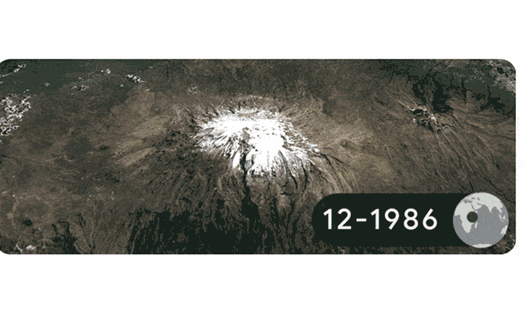Named after the Lyra ice Cube (Thien Cam), the Lyrids ice cube will end the "ice star drought" - a period from January to mid-April when no ice cube lightes up the sky.
According to the American ice Federation, Lyrids will be best observed in the Northern Hemisphere, along the northeast sky at mid-north latitude. This region includes North America.
Those who love exciting natural phenomena should look for an area away from the city's polluted light and lean back to see more of the night sky. wait 30 minutes for your eyes to adapt to the darkness to make detecting meteorites easier, NASA recommends.
According to NASA, the Lyrids iceberg has been observed for 2,700 years. Lyrid ice star rains often have bright and fast ice stars, reaching a peak of 100 ice stars seen per hour.
According to the American ice Federation, because this year's ice storm Lyrids coincide with the time when the moon is only half, to see ice rain more clearly, choose the time from the evening of 22 to the early morning of April 23. Lyrids are often known to have unpredictable highs, so prepare for unexpected outbreaks, according to EarthSky.
The Lyrids iceberg will continue to operate until April 29.
After the Lyrids, there will be 10 ice covers in 2022. Here is a list of the remaining ice rains this year:
Eta Aquariids: 4 to 5.5
South Delta Aquariids: July 29 to 30
Alpha Capricornids: 30-31.7
Perseids: 11 to 12.8
Orionids: 20 to 21 October
Southern Taurids: November 4 to 5
Northern Taurids: 11 to 12 November
Leonids: 17 to 18 November
Geminids: December 13 to 14
Ursids: 21 to 22 December
Prime time and menstruation
Following Lyrids, the next strange natural phenomenon will appear on April 30, when a partial solstice occurs. According to The Old Farmer's Almanac, partial solstices will be observed in southern South America, the southeastern Pacific and the Arctic peninsula.
Other partly-time delicacies on October 25 were observed in Greenland, Iceland, Europe, northeastern Africa, the Middle East, West Asia, India and western China. The partial sun cannot be seen from North America.
partial solar ecstasy occurs when the moon passes in front of the sun but only partially blocks its light. It is necessary to wear sunglasses to see the sunset safely, because sunlight can be harmful to the eyes.
There will also be two general menstrual crops in 2022.
Full-back autism will be seen in Europe, Africa, South America and North America (except for those in northwestern regions) between 9:31 p.m. ET on May 15 and 2:52 a.m. ET on May 16.
Another fully moonlike period will also be observed in Asia, Australia, the Pacific Ocean, South America and North America on November 8 from 3:01 a.m. ET to 8:58 a.m. ET.
Authenticity occurs when the Sun, Earth and Moon are in a straight line, and the Moon enters the Earth's shadow. The Earth puts two shadows on the Moon during the lunar calendar. Penumbra is partly shady on the outside, and umbra is completely dark.
When the full moon moves into the Earth's shadow, it will dark, but it will not disappear. The sunlight passing through the Earth's atmosphere lights up the Moon impressively, making it red - that is why this event is often called "blood moon".
Depending on the weather conditions in your area, the Moon may appear rusty, brick-colored or blood-like red.
This color change occurs because blue light goes through a stronger atmospheric diffusion process, so red light will be the most prominent color when the sunlight passes through our atmosphere and projects it onto the Moon.
Full Moon
There are still eight full moons in 2022, two of which meet the standards of supermoon. Here is a list of the remaining full moons this year.
September 16: Flower Moon
September 14: Bride's Month
September 13: Duck Moon
August 11: Reeds Moon
September 10: Harvest Moon
October 9: Hunting Moon
November 8: The liver moon
December 7: Cold Moon






